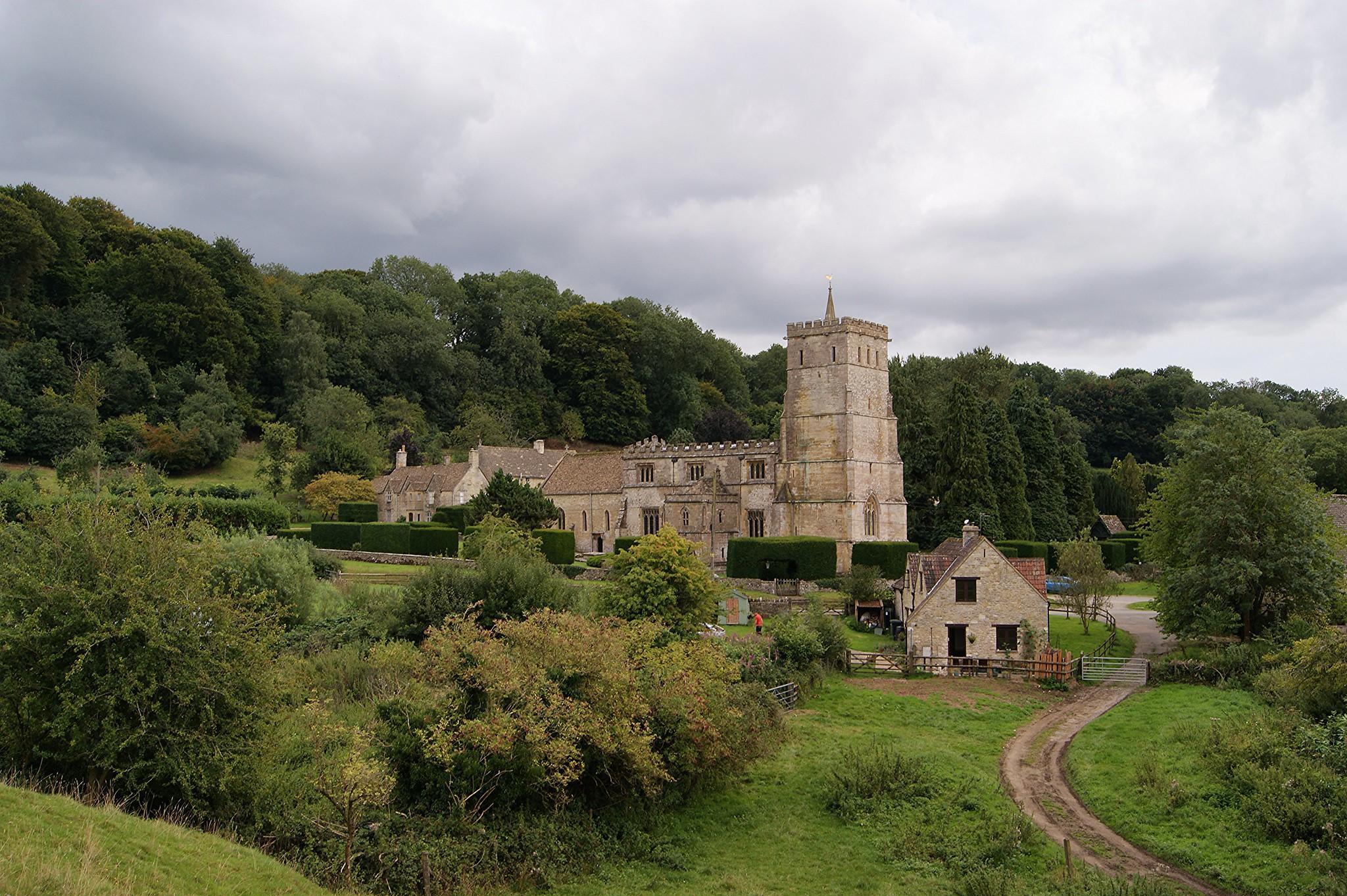St Michael & All Angels
Badminton, Gloucestershire
The church is attached to the seat of the Dukes of Beaufort, Badminton House and was built in 1785 by Charles Evans, in the style of St Martin in the Fields in miniature.

An historic church with a significant history including St Wulfstan and Prime Minister Lord Liverpool.
Hawkesbury, Gloucestershire
St Mary’s Hawkesbury is a Grade I listed church, built in the 11th century.
Is likely that the original Saxon building on the site was situated towards the rear of the present nave, and was demolished and rebuilt on a much larger scale in the 11th century. The enlarged church had a steeply pitched roof, ending on lower walls than the current nave. The old roof line can clearly be seen. The arcade of four bays and south aisle was developed much later, in the 14th and 15th centuries, and removed all traces of the earlier south wall. The present roof is a 19th century replacement of the original 16th century work. The north wall of the nave is the oldest remaining elevation in the building.
On the chancel wall are monuments to the Jenkinson family – including Robert Banks Jenkinson, 2nd Earl of Liverpool, Prime Minister 1812-1827. There is also a stained glass window – memorial to John Banks Jenkinson, killed in the First World War. In the north-east corner of the chancel is a small cherub head in very high relief. Set in with modern mortar, this is a scrap of tombstone, recorded in the 18th century, in the churchyard, with the inscription “(here li)yeth bodies (of) May and of E (W)ife who depar(ted).” The 18th century record confirms the names as Peter and Elizabeth May.
At the west end of the church is the tower, to which there is no public access, which contains a 14th-century bell and medieval three-pit bellcage in a very good state of preservation. an additional eight new bells were installed in 2020.
To the south of the main body of the church is the Chalkey chancel, established by the Stinchcobe family in 1452 and funded as a chantry chapel by income from land at Chalkley. When the chantry cult was suppressed in 1529, the chancel became part of the side aisle. On the tympanum above this chancel arch are the remains of what would have been a traditional Doom painting, almost invariably found behind the rood.
The building styles and periods are: Saxon, Norman (Romanesque) and the three Gothic styles: Early English (approximately 1145 to 1272), Decorated (1272 to 1377) and Perpendicular (1377 to 1509, up to the close of the Middle Ages and the Reformation. Jacobean in the 17th century with some Victorian restoration usually in Gothic form.
Badminton, Gloucestershire
The church is attached to the seat of the Dukes of Beaufort, Badminton House and was built in 1785 by Charles Evans, in the style of St Martin in the Fields in miniature.
Luckington , Wiltshire
Cotswold church in a rural setting with ancient features.
Sherston, Wiltshire
This Grade I church has a fine late Romanesque arcade.